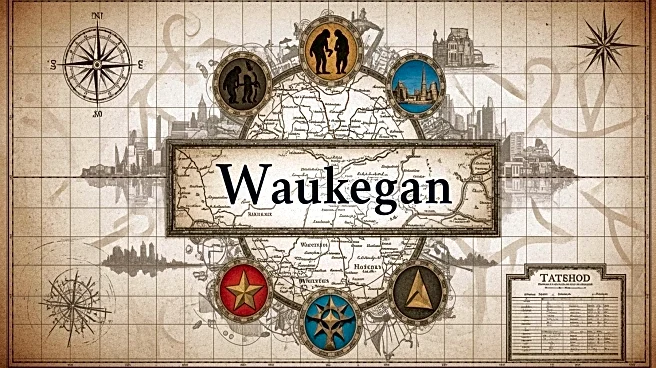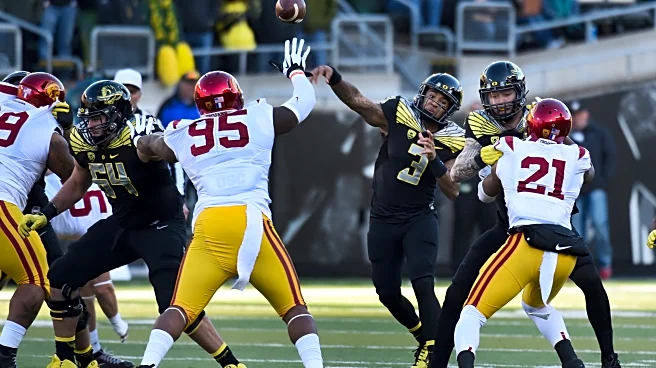Waukegan, located in Lake County, Illinois, is a city with a rich history and a vibrant community. As of the 2020 census, its population was 89,321, making it the most populous city in Lake County. Waukegan is situated 36 miles north of Chicago and is a satellite city within the greater Chicago metropolitan area. The city has a distinct industrial character, contrasting with many of the residential suburbs along Chicago's North Shore.
First Peoples & First Mentions
The site of present-day
Waukegan was recorded as Rivière du Vieux Fort ("Old Fort River") and Wakaygagh on a 1778 map by Thomas Hutchins. By the 1820s, the French name had become "Small Fort River" in English, and the settlement was known as "Little Fort." The name "Waukegance" and then "Waukegan" (meaning "little fort"; cf. Potawatomi wakaigin "fort" or "fortress") was created by John H. Kinzie and Solomon Juneau, and the new name was adopted on March 31, 1849.
Explorers, Missions & Colonial Outposts
Waukegan had an abolitionist community dating to its early days. In 1853, residents commemorated the anniversary of emancipation of slaves in the British Empire with a meeting. During the middle of the 19th century, Waukegan was becoming an important industrial hub. Industries included ship and wagon building, flour milling, sheep raising, pork packing, and dairying. The construction of the Chicago and Milwaukee Railway through Waukegan by 1855 stimulated the growth and rapid transformation and development of the city's industry.
From Empire to Nation: Transfers of Rule
By the 1920s and 1930s, African Americans began to migrate to the city, mostly from the South. The town was afflicted with racial strife, including incidents involving sailors from nearby Great Lakes Naval Base. Despite these challenges, Waukegan developed independently of Chicago before being officially incorporated into the Chicago metropolitan area during the 2000 census.
Rails, Roads & River Landings: Corridors That Sited Waukegan
Waukegan is on the shore of Lake Michigan, about 11 miles south of the border with Wisconsin and 37 miles north of downtown Chicago at an elevation around 650 feet above sea level. Chicago has two major streets that venture north to Waukegan, one being Sheridan Road, which extends north from Diversey Parkway in Lincoln Park. The second street is Milwaukee Avenue, which starts at the intersection of Desplaines Street and Kinzie Street in downtown Chicago.















